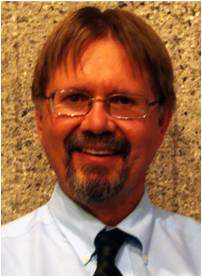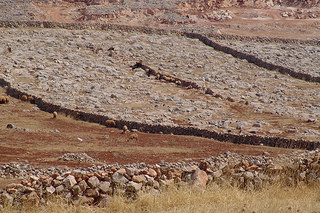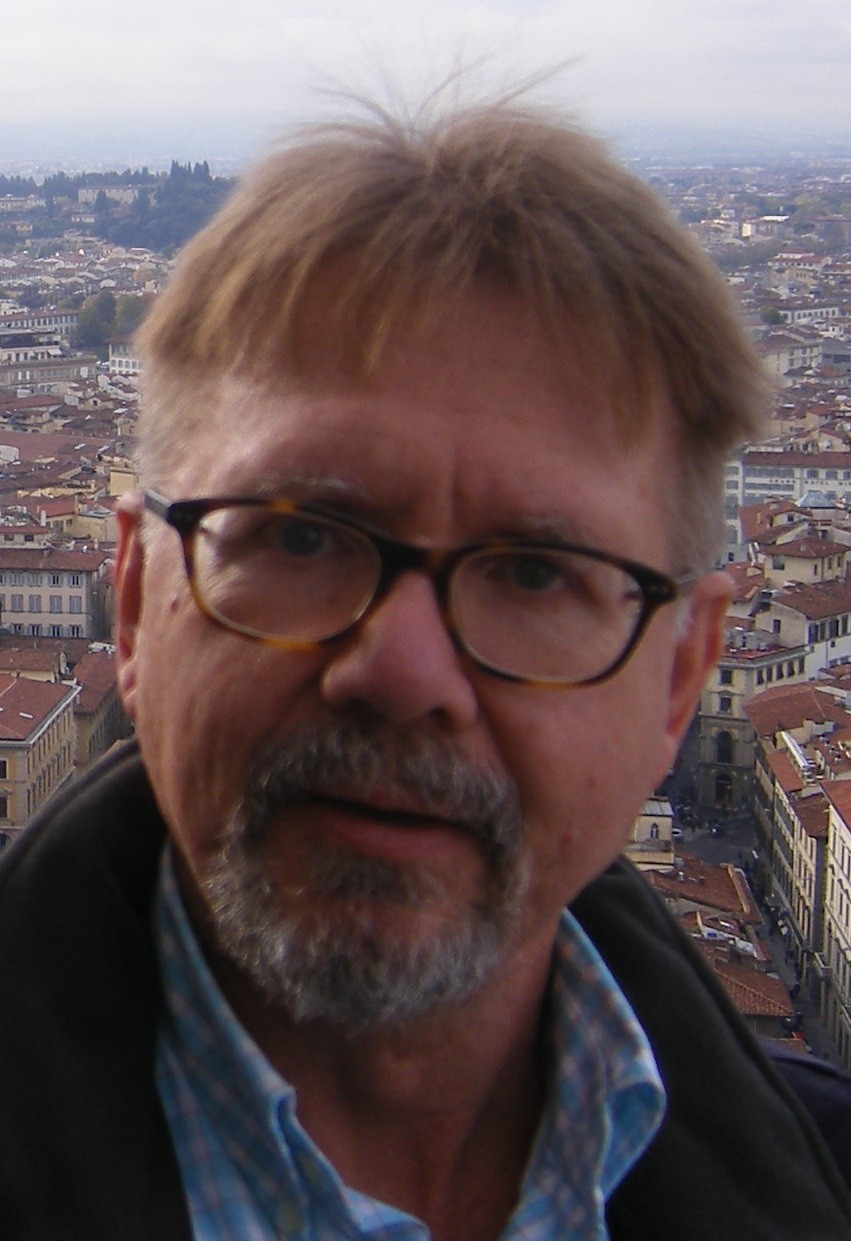The Outlook for Steady State Economics in 2013
by Brian Czech
 The Center for the Advancement of the Steady State Economy (CASSE) has been the leading organization in advancing the steady state economy as a policy goal for nearly ten years. Maybe that’s not saying much, because CASSE has been the only organization focused on advancing the steady state economy. But times, they are a-changin’. Others are sure to come onboard as climate change, biodiversity loss, supplies shocks and other formidable problems are all traced back to too much economic growth. Too much production and consumption of goods and services in the aggregate. Too much population and per capita consumption. Too much GDP. Too much economic activity for the planet and its polities to take.
The Center for the Advancement of the Steady State Economy (CASSE) has been the leading organization in advancing the steady state economy as a policy goal for nearly ten years. Maybe that’s not saying much, because CASSE has been the only organization focused on advancing the steady state economy. But times, they are a-changin’. Others are sure to come onboard as climate change, biodiversity loss, supplies shocks and other formidable problems are all traced back to too much economic growth. Too much production and consumption of goods and services in the aggregate. Too much population and per capita consumption. Too much GDP. Too much economic activity for the planet and its polities to take.
Predicting the future is risky business. It’s usually unnecessary and there’s a lot of credibility at stake. But it seems perfectly reasonable to predict that, soon, more organizations will start explicitly advocating the steady state economy as the sustainable alternative to economic growth.
For example, after decades of warning readers about the increasing human pressures on waning natural resources, why wouldn’t the Worldwatch Institute start advancing the steady state economy along with CASSE? The Institute’s flagship annual publication, the State of the World, can hardly avoid a focus on economic growth (as the problem) and the steady state economy (the solution) much longer. Avoiding the topic would be like the American Cancer Society avoiding the effects of smoking.
There are also signs that the Gund Institute for Ecological Economics, which graduates more ecological economics students than any other academic institution, will be taking an active role in advancing the steady state economy. There’s nothing wrong with academia weighing in on policy matters after abundant academic analysis has been performed. Who wouldn’t want the input of a medical school on the effects of tobacco, or the input of a physics department on nuclear power? Serious analysis of the alternatives to economic growth, such as occurs at graduate schools, should be brought into public circulation by those same graduate schools and other academic units qualified to do so.
How about political parties? Some Green parties already endorse the CASSE position on economic growth, and a few have adopted the steady state economy in their policy platforms, but surely they and other small parties will start emphasizing the steady state economy more in their campaigns. Only those policies that have substantial emphasis in small-party affairs will graduate to mainstream political affairs. I believe Green and other parties will unite increasingly around the steady state economy as the primary policy for environmental protection, economic sustainability, national security and international stability.
These organizations and many, many others will find social and political space to move, given CASSE’s long-running efforts to raise public awareness of the steady state economy as the sustainable alternative to growth. The nearly 10,000 signatures on the CASSE position on economic growth is ample evidence that people are ready to hear the message and respond affirmatively.
Sure, 10,000 is a tiny number relative to the global population. But savvy analysts will note that CASSE has been a tiny NGO with hardly any paid staff and yet has procured these signatures on a statement that packs a lot of depth, density and nuance into its 18 clauses. It’s not like the National Rifle Association, for example, with millions of dollars at its disposal to get millions of already onboard members to sign a shallow statement about opposing a simple gun control proposal. People have to take a few minutes to read and digest the CASSE position; many of them have never even heard the phrase “steady state economy” before. Some of the most prominent signatories took years to think about the CASSE position prior to signing.
The “CASSE 10,000” may not have the political clout of a million-member march, but given the details (tiny resources, thoughtfulness of position), 10,000 is an indicator that there is plenty of political support in the United States and worldwide for recognizing limits to growth and the need for a steady state economy. It’s safe now for the likes of Worldwatch, the Sierra Club, National Wildlife Federation, the Gund Institute, institutes for public policy, political parties, Tea parties, and thousands of other organizations to get explicit in advancing the steady state economy. There’s no partisanship in the way. They can move beyond simple microeconomic analysis, such as valuing ecosystem services, and get to the big policy picture of macroeconomics. Once there, they can speak in plain language about the conflict between economic growth and environmental protection, and they can call for a steady state economy instead of resorting to vague notions of a “green economy or some other type of “new economy.”
No one at CASSE ever thought the mission of advancing the steady state economy as a policy goal with widespread public support would be successful in a short amount of time. Indeed most of us at CASSE see it is a lifetime project. It’s a profound paradigm shift we’re pursuing and the lack of CASSE funding is not surprising. Meanwhile other organizations that have garnered funding for decades, for different purposes, may already have the connections to get support for advancing the steady state economy, too. Good! As long as they don’t resort to “green growth,” “dematerializing” the economy, or magically reconciling the fundamental conflict between economic growth and environmental protection with technological progress, they will find favor among the growing masses of supporters of steady state economics.





”steady state economics’ is just about the worst oxymoron there is
It would be good to understand that what should and is being questioned is the GDP indicator itself. This means that a “new economics” based on other principles is needed whatever the name it will finally receive. Certainly growth will not be part of those principals. Obviously, no growth or “steady state” are propositions that only exists when related to that indicator and make no sense in this new scenario.
A deep an ample movement is needed to get there. For such, as Gus Speth describes it, every progressive force – social, environmental and political – should work together and be sensible enough not to claim that it represents or started it. By the way, others, like nef and NEI, are doing a superb job building and strengthening the movement and started well before Casse did.
So, for 2013, what if Casse engages and works together with others alike helping to accelerate the transition to this new world and at the same time tests if its petition can contribute to the general statement of the movement?
It seems Brian Czech concluded that there was a need for a “transition from unsustainable growth to a steady state economy” after “years of determined study of ecology, conservation biology, and economics”. How many more years of study will it take before he understands that what is essential is a transition to a CONTRACTING economy. For all the reasons he cites, economic contraction is inevitable, whether deliberate and organized or not.
Ending growth is not enough. Introducing “steady state economics” won’t cut it. We are deep into overshoot, and one way or another, we are “going down”.
Consider the Global Resource Bank alternative world exchange system at http://www.grb.net.